First ever ‘Broons annual’ secured for the nation – after 84 years
They have been unwrapped as Christmas gifts for more than 80 years.
Delving into the annual compilation of the comic strip tales of tenement life for The Broons, “the happy family that makes every family happy,” was a festive tradition for generations of Scots at home and abroad.
Advertisement
Hide AdAdvertisement
Hide AdNow the first ever edition of The Broons annual has been secured for the nation – due to its crucial place in Scotland’s literary and publishing history and its rarity.
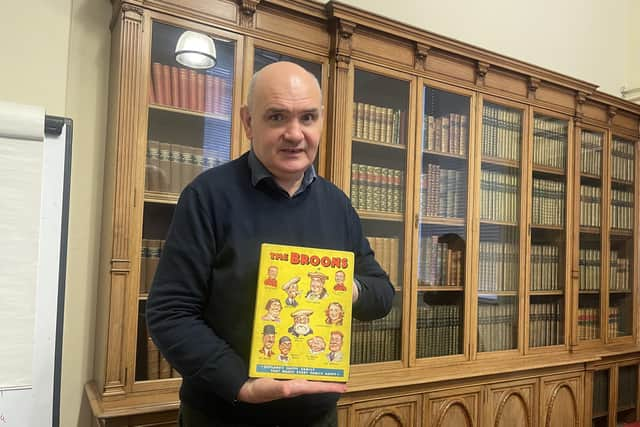

Complete editions are believed to be as rare as original copies of the Gutenberg Bible – the first book to be published in Europe.
The National Library of Scotland has announced the acquisition of the annual from 1939 after a long-running search to try to fill one of the most significant gaps in its archives.
Only a handful of the first editions of the annual, which features the work of celebrated comic strip artist Dudley D Watkins, are believed to be in existence.
The National Library has described The Broons and Oor Wullie as Scotland’s equivalent to the American superheroes which were launched by DC Comics in the same 1930s era.
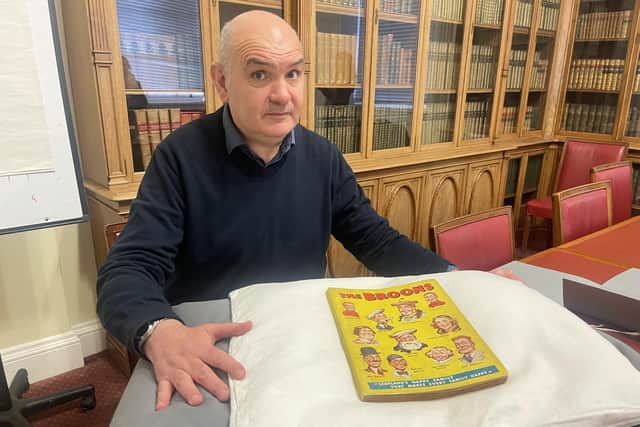

The Broons and Oor Wullie, the spiky-haired schoolboy from the same fictional town of Auchenshoogle as the 10-strong family, both appeared in the same week in The Sunday Post newspaper in March 1936 when a new “fun section” was launched.
Such was their popularity that a Christmas compilation was published before publishers DC Thomson decided to give the two comic strips their own annuals in alternative years, starting with the exploits of Granpaw, Paw, Maw, Hen, Joe, Daphne, Maggie, the Twins and the Bairn in 1939.
Advertisement
Hide AdAdvertisement
Hide AdThe Broons and Oor Wullie were created by writer and editor Robert Duncan Law and artist Dudley Dexter Watkins, with the pair also joining forces on The Dandy and The Beano comics.
National Library curator Ian Scott said: “The ‘fun section’ was an almost instant success. It showed that there was a real appetite for humorous comics. It really led to the launch of The Dandy in 1937 and The Beano in 1938.
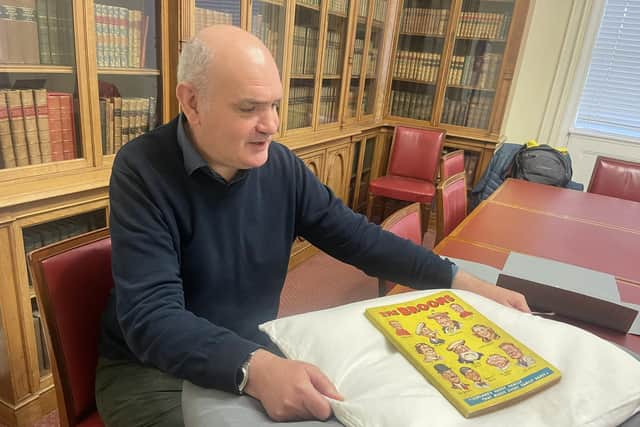

“I think DC Thomson took a bit of a punt with the annuals. They started them almost as soon as they felt they had enough material, with the first Broons annual in 1939 and the first Oor Wullie annual in 1940. They were published in alternate years after that and they still sell extremely well.
"The Broons annual is one of the most important publications in Scotland because it has been so enduring.
"They have huge cross-generational appeal, which is really unusual. From very early on, they were hugely popular gifts to send to relatives overseas. They’re very well known among the Scottish diaspora.
"In terms of cultural impact and appeal to different generations, The Broons, Oor Wullie and the characters in the Dandy and Beano comics that came out around the same time are the closest Scotland has to the characters created by Disney, Marvel and DC in America.”
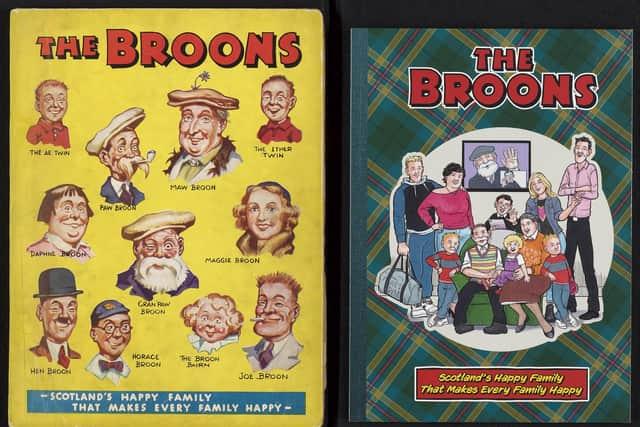

The National Library snapped up the 1939 annual from a collector in London after previously acquiring a copy of the first Oor Wullie annual for the nation when it was bought at auction in 2010.
Advertisement
Hide AdAdvertisement
Hide AdAlthough the National Library has not disclosed how much it has paid for the first Broons annual, a copy in good condition is believed to be worth around £10,000. One was sold at auction in Edinburgh for nearly £7000 in 2014.
Mr Scott said: "We never got the first Broons and Oor Wullie annuals when they came out. They’d just have been seen as passing fads and publications that didn’t have any cultural importance.
“This acquisition means we have now got the whole run of The Broons and Oor Wullie books.
"We bought The Broons one from a book dealer in London, who we actually got our first editions of The Beano and The Dandy from. They seem to have an endless supply of rare DC Thomson items, but I’ve no idea where they get them from.
"Normally, this would be an auction item and the sky is the limit for the price it can sell for. If I was lucky enough to have a copy, I’d definitely sell it at auction.
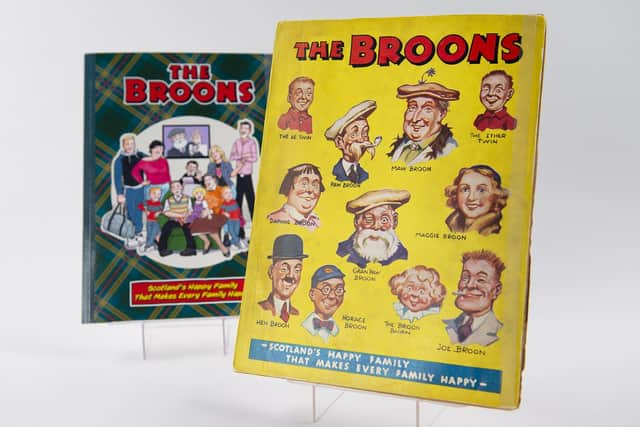

“Hundreds of thousands of copies would have been sold when it came out, but we think there are only around 15 copies of The Broons annual anywhere in the world now. There are probably more copies of the Gutenberg Bible out there."
Mr Scott said much of the appeal of The Broons was that they were depicted as an ordinary Scottish family.
Advertisement
Hide AdAdvertisement
Hide AdHe said: “They live in a world that is kind of relatable. Dudley D Watkins depicted the tenements and streets that a lot of people in Scotland were living in.
“The characters don’t really change – that’s why people like them. They’re a constant in our lives.
"They have only slightly updated them over the years but at a level that no-one was going to notice - it was almost subliminal.
“An important aspect of both The Broons and Oor Wullie annuals is that the stories were always written in Scots, which was really unusual for big mainstream publications, but I think that’s part of their appeal. The annuals replicated the kind of lives people had, the kind of places they lived in and the language that they were speaking.
"The Broons are never fashionable and are a wee bit behind the times, but that’s actually the way that most people live their lives. The fact they’re unfashionable means they can never be out of fashion. They have a kind of magical formula.”
The newly-acquired Broons annual is expected to go on public display at the National Library within months, alongside a host of Scotland’s most important literary and publishing treasures, although the first Oor Wullie album will not be among them.
Mr Scott added: “We don’t want to take the focus off The Broons annual. If you have two bibles that are of equal importance you’re not going to show them together.”
Comments
Want to join the conversation? Please or to comment on this article.
